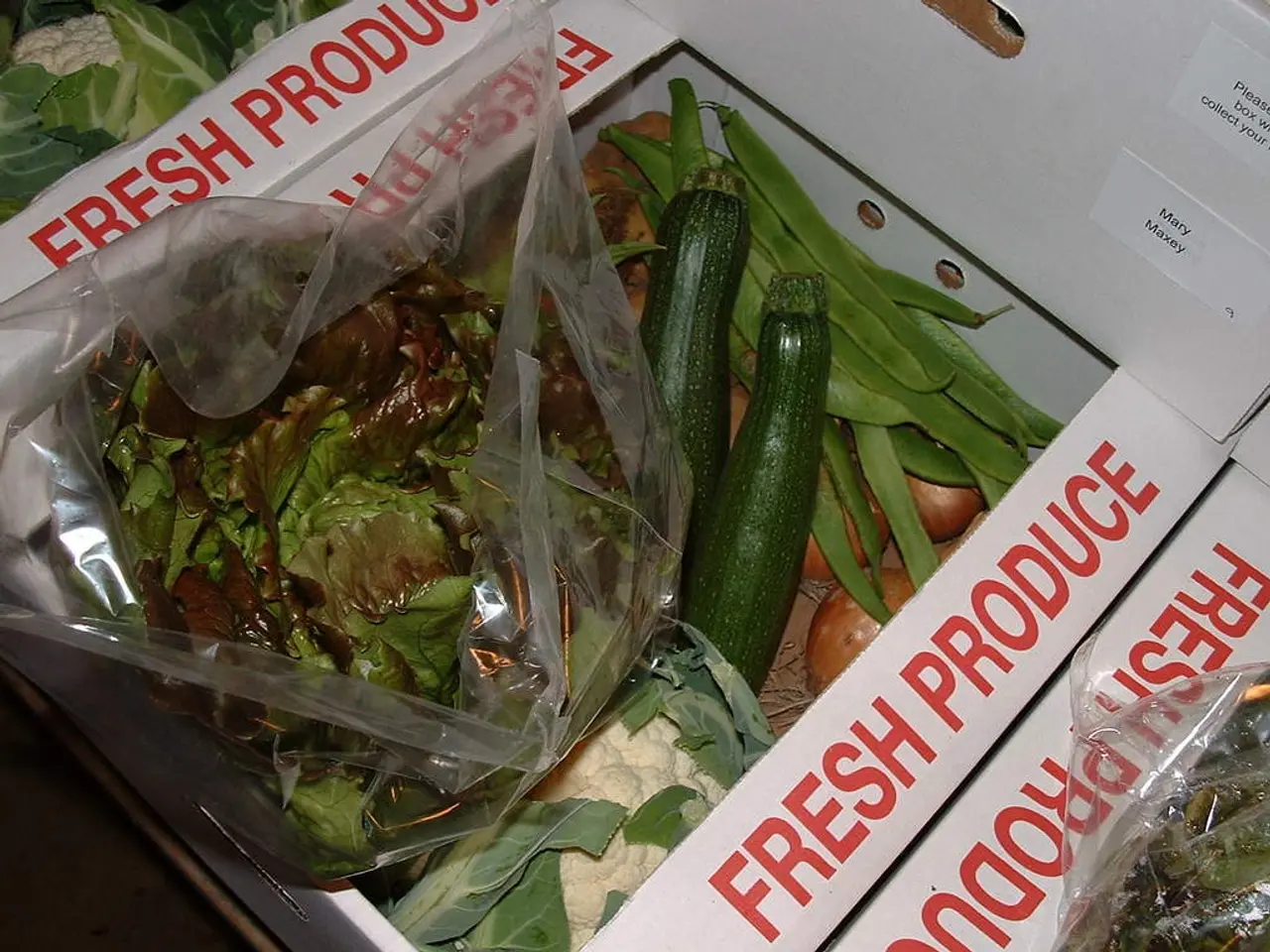Heat Pump Compendium: Function, Advantages, and Foreseeable Developments
In the realm of climate control systems, heat pumps are making a significant impact, particularly in cold regions. These innovative devices transfer heat from one location to another, enhancing efficiency and comfort while reducing greenhouse gas emissions.
Heat pumps can extract heat from the outside air, even in cold weather, and transfer it indoors for heating. This energy-efficient technology has achieved efficiency ratings of 300% or higher, making it a cost-effective solution for homeowners.
Recent advancements in technology have significantly improved the efficiency, reliability, and performance of cold-climate heat pumps (CCHPs) in freezing temperatures. These advancements have enabled CCHPs to provide effective heating even in the harshest winter conditions.
Key advancements include the development of heat pump systems that meet the U.S. Department of Energy's Cold Climate Heat Pump Challenge, delivering high efficiency in temperatures as low as 5°F. This system promises up to 60% savings on utility bills and supports clean heating goals crucial to achieving net-zero carbon emissions by 2050.
Ecosystem Energy and partners have developed heat pumps utilizing subcritical CO₂ cycles, which are well-suited for subfreezing temperatures. This technology addresses challenges such as freeze protection and coil icing by innovative designs, like split systems with indoor hydronic piping to avoid glycol use and integrated defrost cycles to manage ice buildup on evaporator coils.
Advances in compressor designs and new refrigerant formulations have increased heat pump efficiency and reduced costs, making cold climate models more accessible and effective. Ductless systems are gaining traction as reliable and efficient heating solutions in cold regions due to their adaptable installation and enhanced cold-weather performance.
Modern CCHPs have debunked the myth that heat pumps are ineffective in freezing weather. Innovations have enabled these systems to operate efficiently below zero degrees Fahrenheit, broadening their adoption in traditionally challenging cold areas like New England and the Upper Midwest.
The future of heat pumps includes smart heat pumps, variable-speed compressors, environmentally friendly refrigerants, and hybrid heat pump systems. Research and development are focused on developing refrigerants with lower global warming potential.
Heat pumps offer both heating and cooling functionality, providing year-round climate control. Moreover, they do not produce combustion byproducts, resulting in improved indoor air quality. Unlike furnaces, heat pumps do not generate heat by burning fuel; instead, they move existing heat.
In warmer months, heat pumps can reverse the process, drawing heat from inside a home and releasing it outdoors for cooling. Hybrid heat pump systems combine heat pumps with other heating sources for optimal efficiency in all climates.
With these advancements, cold-climate heat pumps are becoming a viable, energy-efficient, and environmentally friendly option for heating in cold regions, contributing to reduced energy costs and greenhouse gas emissions.
- In the future, we can expect to see advancements in cold-climate heat pumps, including smart heat pumps, variable-speed compressors, and environmentally friendly refrigerants.
- Research and development are focused on developing refrigerants with lower global warming potential, which is beneficial for both the environment and the efficiency of heat pump systems.
- As technology continues to evolve, heat pumps are becoming more efficient and accessible, making them a cost-effective and reliable solution for heating in cold regions like New England and the Upper Midwest.
- With the ability to provide both heating and cooling functionality, heat pumps offer a year-round climate control solution that not only reduces energy costs but also improves indoor air quality by avoiding combustion byproducts typically associated with furnaces.




